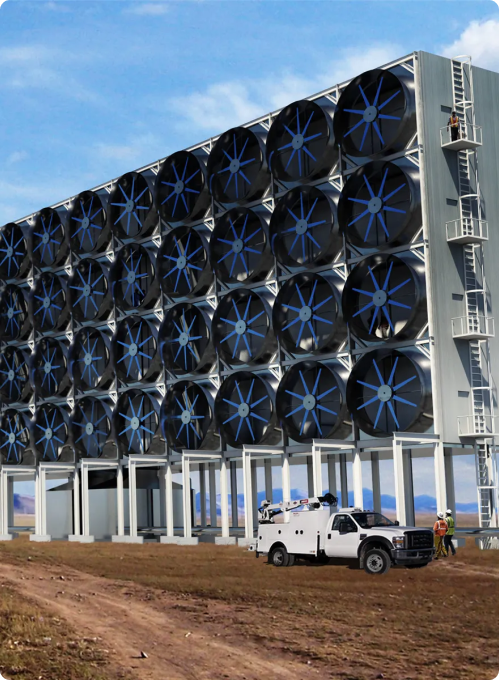A New Process Technology
The Atlas Process generates no direct carbon dioxide, Nitrogen Oxides (NOx) or Sulfur Oxides (SOx) emissions.
Our Process
The Atlas Process uses acid and alkali reagents to extract nickel from saprolite ore for use in producing EV batteries.
Works at atmospheric pressure
Works at atmospheric temperature
Combines existing proven processing technologies
Is proven on ores from major nickel mines
How Atlas Compares
Environmental Benefits
The breakthrough Atlas Process creates battery nickel with almost zero CO2 no waste or other emissions
| Comparison of the environmental benefits

Contributing to decarbonization
The Atlas Process produces less than 0.1 ton of CO2 per ton of nickel when powered by renewables.
Atlas Process by-products will significantly abate emissions from heavily polluting industries – when powered by renewables:
- Our SCM product will have a 99% lower carbon footprint than standard clinker used in cement manufacturing.
- Our magnesium hydroxide will have lower product carbon intensity than traditional processes with an emissions intensity of only 0.17 tons of CO2.
Atlas’ Carbon
Negative Nickel
In future, we can also produce carbon negative nickel. A direct air capture circuit, utilizing the reagents used in nickel extraction, can be added to an Atlas plant with modest technical complexity.
One day, there is the potential to use the magnesium hydroxide by-product to reduce ocean acidification and sequester giga tons of carbon dioxide. Research into ocean deacidification is still at a very early stage
